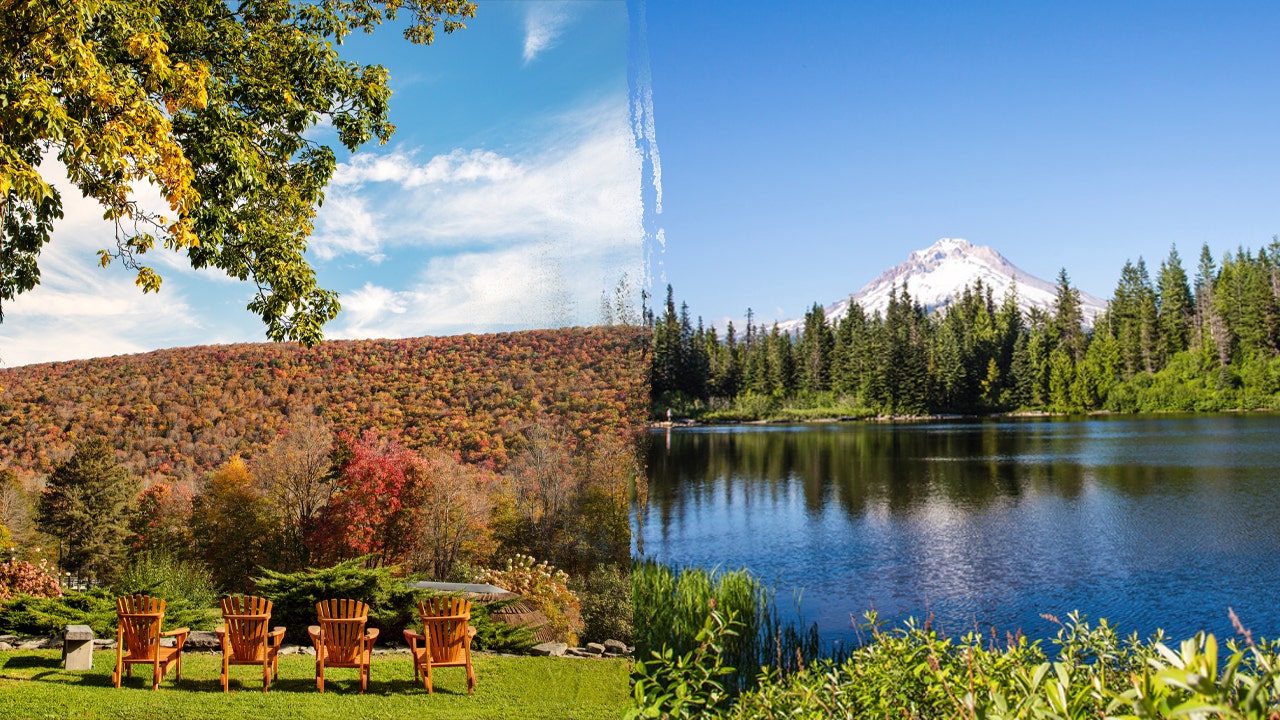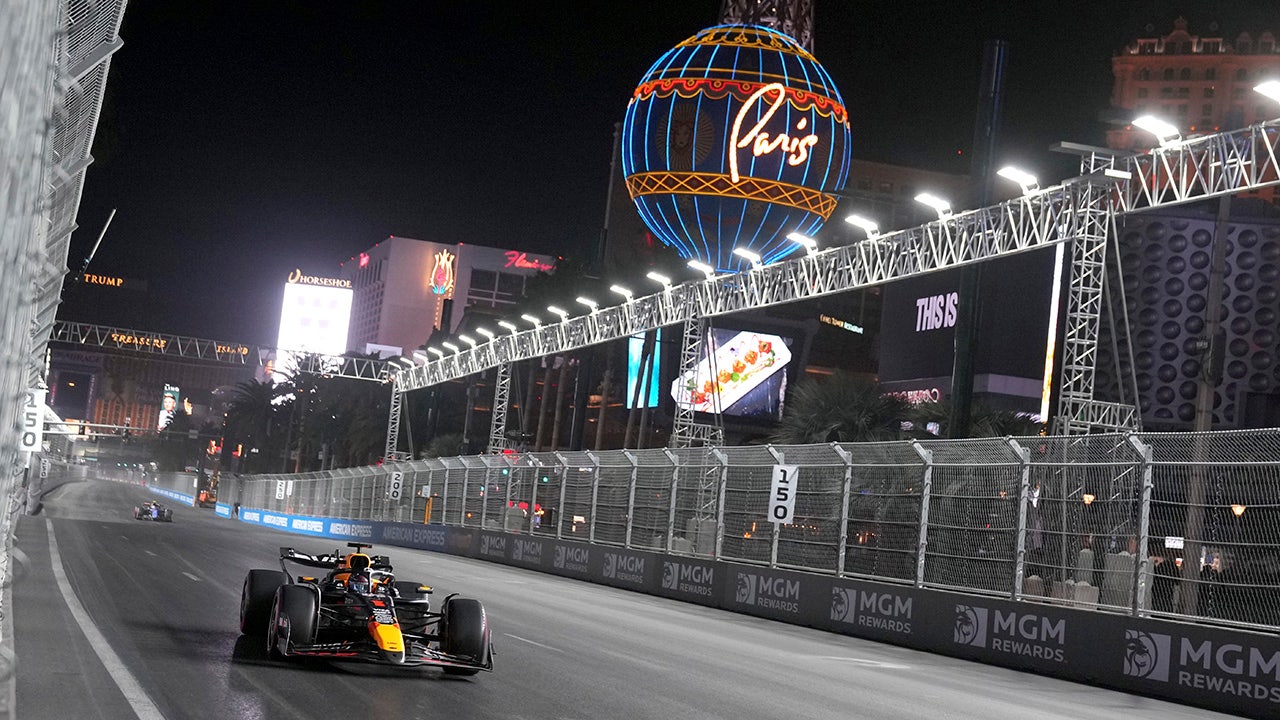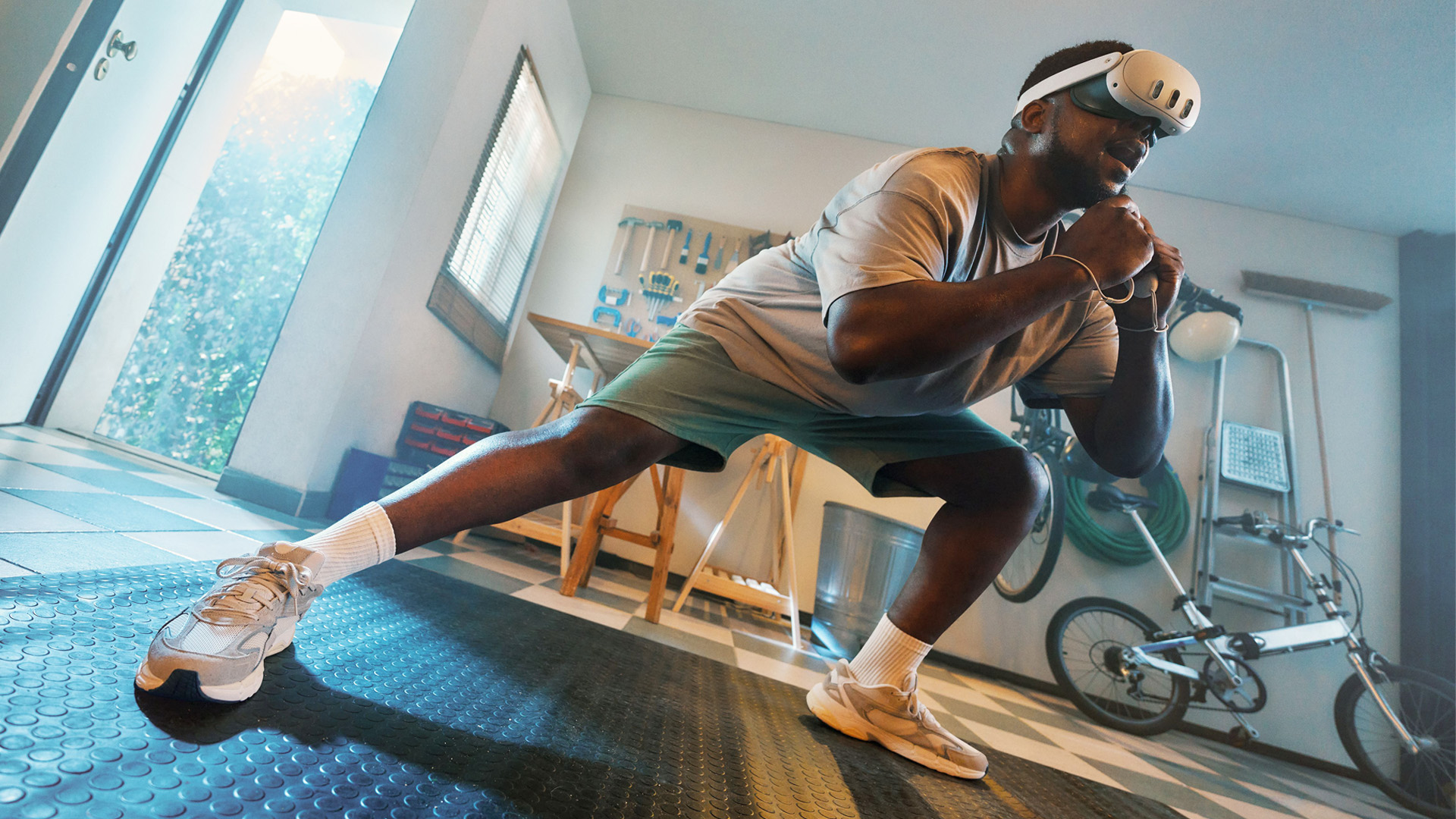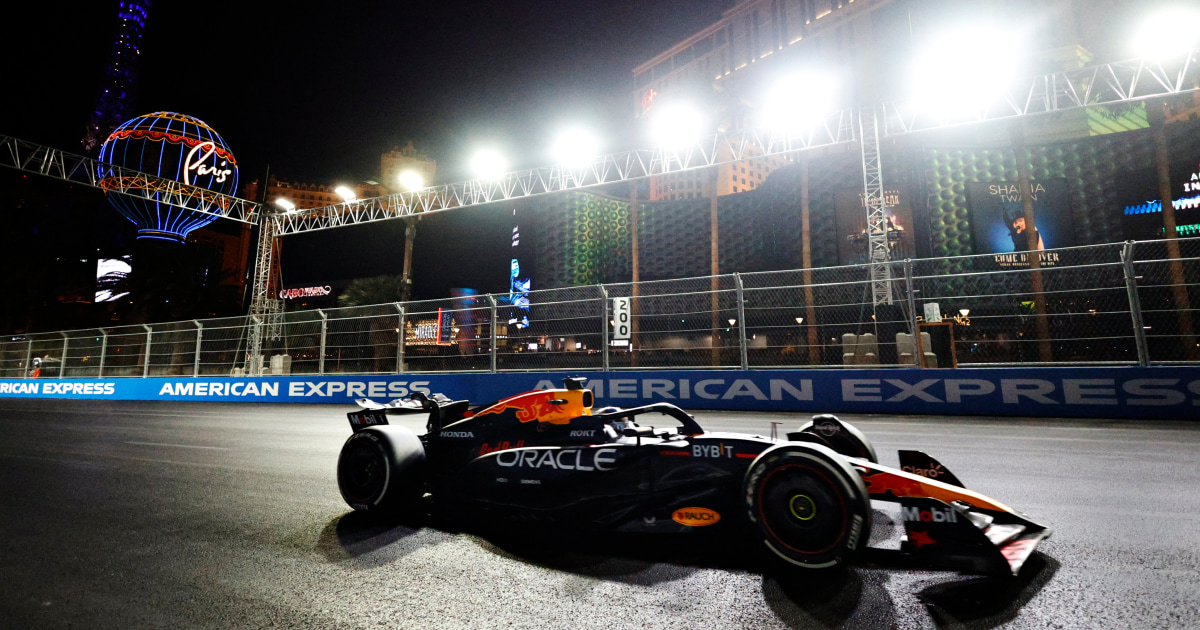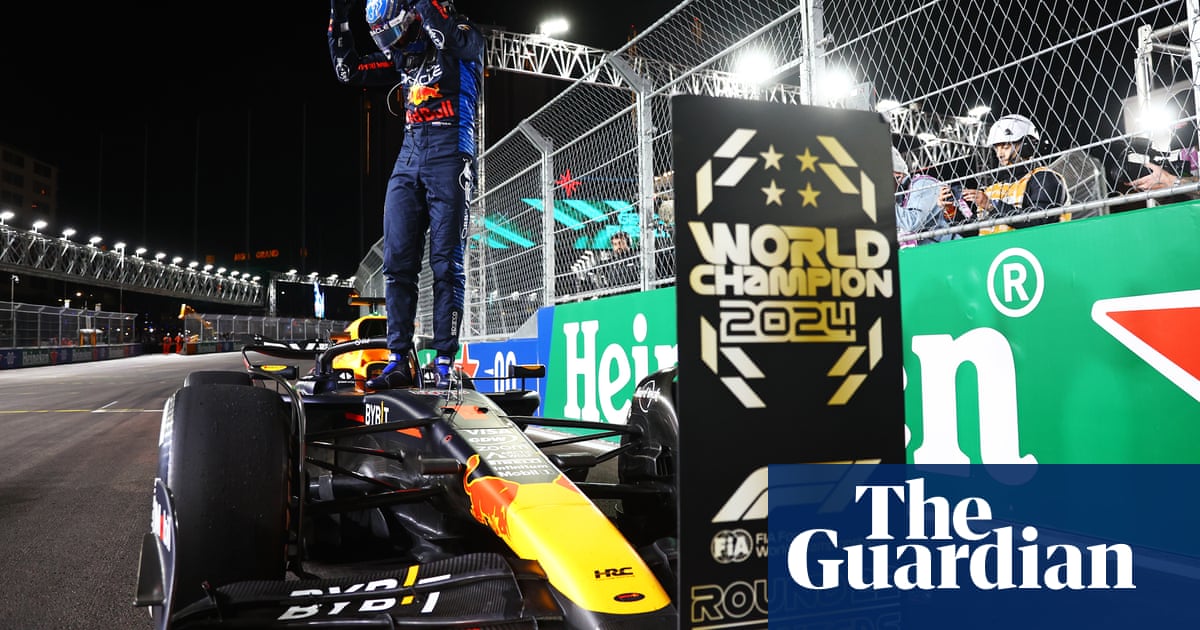Shopping
Variety’s Inaugural Content Meets Commerce Summit Explores the Future of Entertainment-Driven Shopping

On Monday, Variety unveiled its inaugural Content Meets Commerce Summit, presented by Kinesso, bringing together thought leaders to explore the dynamic fusion of entertainment and commerce. The half-day event sparked lively discussions about how cutting-edge product placement in digital content is not just catching viewers’ attention but actively driving their purchasing decisions.
The event began with a keynote conversation on the quickly evolving consumer audience patterns with Busy Philipps, who is the host and co-executive producer of the QVC+ late-night talk show “Busy This Week” alongside Stacie Tedesco, VP of streaming at Qurate Retail Group. This was followed by an expert panel: “Is it Retail or is it Commerce?” discussing the differences in digital vs. physical spending economies and the specific strategies used to succeed in both.
As the day went on, the conversations dug deeper, analyzing what the future of commerce might hold. Crystal Wallace, Kinesso’s operations executive lead for data and tech, joined Jeriad Zoghby, chief commerce strategy officer of IPG, and Brian Steinberg, senior TV editor at Variety, for the segment called “The Connected Commerce Revolution.” The day ended with a deep dive on Netflix, tackling the business behind the hit show “Emily in Paris.” The series has turned itself into a buyer-seller vessel, introducing new product placement techniques in partnership with search engines like Google, which have made it easier for Gen Z watchers to find and purchase the brands marketed in the show.
For greater details on each segment discussed in the commerce summit, look at the information below.
Keynote Conversation: The Evolution of QVC and Consumer Audience Behaviors
Busy Philipps, host and co-executive producer of the late-night talk show “Busy This Week” on QVC+, and Stacie Tedesco, VP of streaming at Qurate Retail Group, sat down with Variety co-editor-in-chief to explore where QVC sits in an evolving and ever-more digital world.
“Busy Tonight” started as an E-network show, then a podcast, and then a fledgling Christmas special on QVC. One thing that made the show’s final home a perfect fit for Phillips’ was her idea to make everything the audience could see “shoppable.”
“They wanna know what I’m wearing and where to buy it. They wanna know where can they find that pillow,” Phillips said. “This was an idea that [producer Casey St. Orange] and I had thought about as a different revenue stream for E Network. But they didn’t have the capabilities to do it. So this partnership with QVC made so much sense to both of us.”
Panel: Is it Retail, or is it Commerce?
Ashan Khan, head of agency partnerships at Uber Advertising; Aaron Gallagher, managing director and head of sales for Kinective Media by United Airlines; Parbinder Dhariwal, VP of CVS media exchange and Suzanne Skop, senior director of agency and off-platform partnerships for Instacart sat down with Amie Owen, global chief growth officer at Kinesso for the “Is it Retail or is it Commerce?” panel to discuss the differences between the online and physical consumer economies.
While the online commerce space has boomed with the rise of companies like Uber and Amazon, physical retailers remain a defining pillar of the consumer market. According to Dhariwal, two reasons physical retailers have remained competitive are their “accessibility” and their face-to-face interaction with customers.
“If you walk out of Penn Station or this particular area, you’re gonna bump into three different CVSs within three or four blocks,” said Dhariwal. “It’s not just about the locations we have here in the cities or the 9,000 locations we have everywhere else where we see a clear differentiation between commerce media versus retail media. There’s a real understanding of whether a consumer buys something in a CVS here in the city or outside of the city or anywhere across our locations.”
For Khan at Uber Advertising, the scope of the online market provides a wealth of data that allows him to place advertisements more accurately. With Uber providing both ride-share and food delivery services, Khan gets real-time information about “where people are going and what they are buying,” which is invaluable for his clients.
“We’re the only company with a global platform with a delivery component with Uber Eats and a mobility side in our rider app,” Khan said. “We’re able to help advertisers make sense of that and help them reach a high-value audience, whether it’s in the rider app or whether they’re ordering something on Uber Eats.”
The Connected Commerce Revolution
Crystal Wallace, operations executive lead for data and tech at Kinesso, joined Jeriad Zoghby, chief commerce strategy officer of IPG, and Brian Steinberg, senior TV editor at Variety, to predict the next big moves that will transform the commerce space.
As streaming gets more interactive, will the marketplace follow suit? Absolutely, says Wallace. Name-checking Netflix’s recent “Emily in Paris” shoppable Google ads as a good example, the executive explains that the very nature of binge-watching opens the door for more interactive shopping. “I will binge-watch the whole weekend and probably spend like $200-$300 just on things that I see.”
That being said, Wallace stresses that any placement with creative must be related to the audience. “It still has to be relevant at the right time, right place using the right signals,” she said.
“The media industry is being reshaped by these commerce players,” Zoghby added. “Amazon has live TV, right? They have football, they’re about to, as we all know, they got the NBA, they have streaming TV, they have podcasts, they have music. They own Twitch, the largest gaming streaming platform in the world. They own IoT. Imagine NBCUniversal having, not just content and advertising, but you go to their website to shop, they have their own warehouses with all those products. Not to mention, they make their own private-label versions of it. They use their delivery drivers to bring it to your house. And when they push the doorbell, they own the doorbell that’s watching you drop off the package so that you can go inside and play your gaming joystick on Twitch.”
“And you can take it back, and it’s the easiest return process, and you get credit back,” said Wallace.
“We sometimes are biased into thinking Amazon is the place I buy phone chargers because that’s how we grew up with it as a brand. But it’s reinventing [itself] as an emerging media ecosystem,” Zoghby continued. “When you look at what Walmart is doing as they’re looking for partners and Best Buy, what we’re gonna see is this evolution. Because you’re gonna look around and go, ‘If I don’t have what they have, who do I play with so that I can compete on equal ground?’ We’re still at the early onset of this, but it’s the shopping, and then it’s the reshaping of basically a new kind of media ecosystem where commerce is at the center of it.”
“What I’m looking forward to is more co-opetition cooperation, and I think like we may not be there right in the next year or maybe more like two and three, but there’ll be a consolidation,” Wallace concluded. “There’s a lot of long-tail players on either side, buyer and seller.”
Netflix Deep-Dive: Shoppable Integrations and Balancing a ‘Fan First’ Mentality
Magno Herran, Netflix’s VP of global brand & marketing partnerships, sat with Variety’s business editor Todd Spangler and discussed how they attempt to extend the Netflix brand beyond the streaming service’s offerings. Herran broke down the details surrounding recent collaborations, such as the one with Google for “Emily in Paris,” which involved innovative advertising solutions, shoppable moments and fan activations all aimed at engaging Gen Z audiences.
Google Shopping wanted to launch this partnership with the fashion-centric series during the back-to-school shopping period. “The partnership was all-encompassing in that it had custom creative, which included one execution, a 15-second spot, and a sponsorship of the show,” Herran said. “As you were pausing through the ad, you were able to actually use Google Lens to shop some of Emily’s most popular looks as inspiration.”
That being said, there was no product integration into the “Emily” series itself. “We like to say, at a brand level, we’re ‘fan first,’ and we’re creator-friendly,” Herran said. “We’re always thinking about telling the right stories the best way. If we ever do integrations, they have to be very authentic, very thoughtful, and they have to be additive to the experience versus something that we’re forcing brands into the mix.”
The duo also discussed the idea of “set-jetting,” which a previous Netflix partner, Expedia, experienced, which is a surge in searches and bookings for a destination after it’s featured on a prominent show.
“What [Expedia] is trying to do with us is figure out how they action that,” Herran said. “If you’re seeing search traffic to a particular destination, how do we develop creative together and campaigns that help them, um, you know, act on those dreams?”

